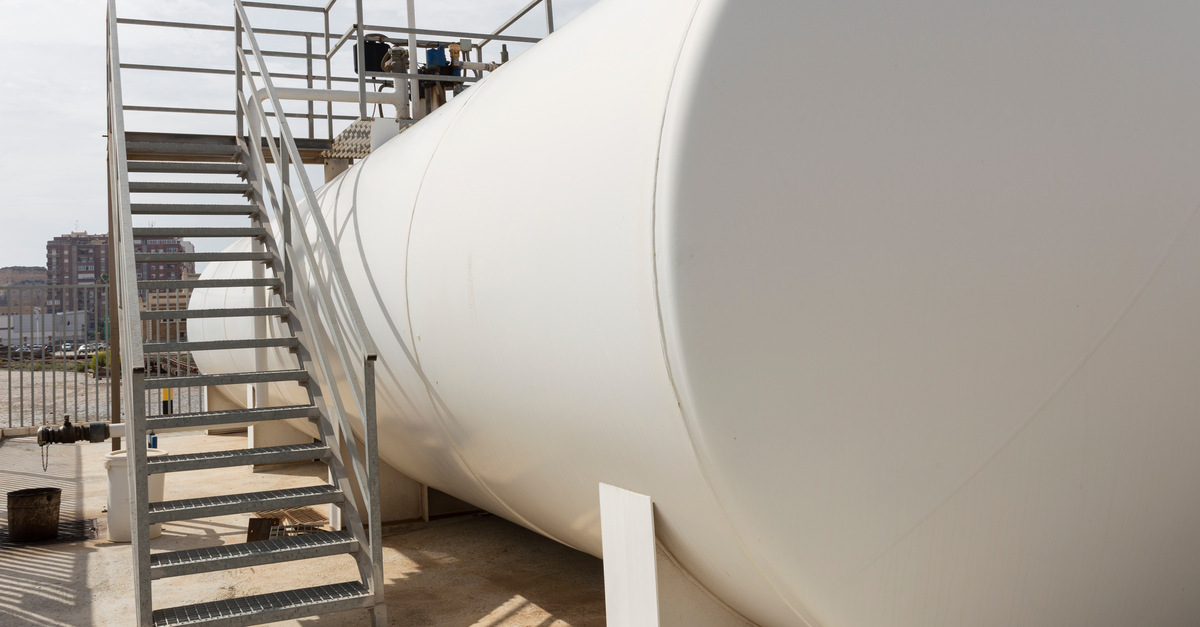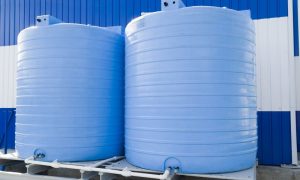Hydroponics has revolutionized modern agriculture, offering efficient ways to grow plants without soil. A properly sized system plays a critical role in maximizing plant health while optimizing water and nutrient usage.
Whether you’re planning a small setup for your home or building a large commercial operation, understanding how to scale your hydroponic system is essential. Here are some tips for sizing your custom hydroponic system.
Evaluate the Types of Crops You Want To Grow
Not all crops have the same spatial and nutrient needs. For instance, leafy greens like spinach and lettuce require less space and resources than fruiting plants like tomatoes and cucumbers. When designing a custom hydroponic system, you need to account for the full size of your plants at maturity.
Proper sizing ensures the plants have enough room to grow without competing for light and airflow. Choose your crops wisely and be mindful of their growth patterns so you can design a system that supports their specific requirements.
Find the Right Tank Capacity for Your Setup
When selecting a hydroponics tank, be sure it can manage the volume of water and nutrients your plants will require. Insufficient tank capacity can lead to higher maintenance requirements and unbalanced nutrient solutions.
Base your hydroponic system’s tank size on the number of plants you’re growing and the type of system you choose. For instance, nutrient film technique (NFT) setups use less water than systems like deep water culture (DWC). A properly sized tank will keep your plants hydrated while reducing the need for manual monitoring.
Understand Your Available Space
The amount of available space can determine the layout and size of your hydroponic system. Smaller areas may benefit from vertical farming solutions, while larger setups can accommodate horizontal grow beds.
Always account for any additional space needed for maintenance, like checking pumps or pruning plants. Precise measurements of your space will allow you to set up a functional system that ensures safe daily operations for you or your team.
Account for Water and Nutrient Flow
Another tip for sizing your custom hydroponic system is to account for water and nutrient flow. Each type of hydroponic system operates differently in terms of water and nutrient distribution. Systems like ebb and flow require consistent drainage and refilling schedules that affect tank sizes, while drip systems demand proper tube placement.
Oversupply or inadequate flow of nutrients can stress plants and affect their growth. Verify that your system’s components, such as pumps and reservoirs, match the intended water flow and resulting plant needs to maintain an efficient design.
Match Your System to Your Climate Conditions
Environmental factors can influence the size and configuration of your system. For example, a hot climate could mean higher water evaporation rates, which would require a larger tank or additional shading.
Conversely, cold temperatures mean you’ll need to add insulation or make sure there are fewer exposed components to keep system temperatures stable. Evaluate the climate in your growing area and plan your solution accordingly to avoid unnecessary complications during operation.
Factor in Expansion Plans Before Building
As you get started, think ahead to what your hydroponic system might look like a year or even three years from now. Will you add more grow beds or increase your output capacity?
Overdesigning your infrastructure slightly—like leaving space for additional plumbing—gives you flexibility. Planning for future expansions can save you time and resources in the long run.
If you’re ready to start designing a system customized to your goals, Miller Plastic Products has the expertise to create high-quality plastic tanks that will meet your needs. Don’t settle for less when it comes to your custom hydroponics setup—partner with us today!




